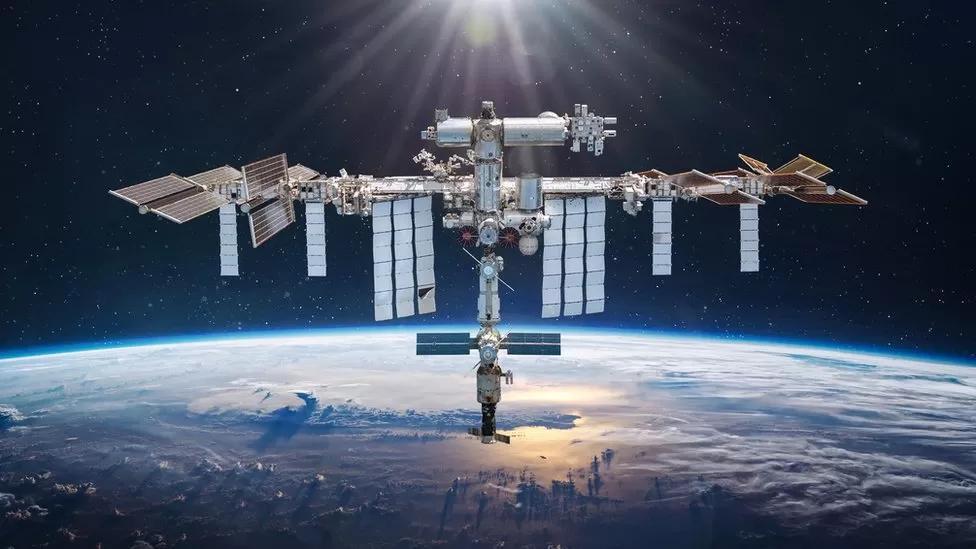Africa-Press – Eswatini. The Food and Agriculture Organisation (FAO) has recommended that the country establish partnerships with international space agencies, research organisations, as well as international initiatives that provide access to remote sensing and satellite imagery.
The organisation recommends the use of remote sensing and satellite imagery data as a management tool for climate change in the country’s agriculture sector.
The incorporation of new technologies such as remote sensing and satellite imaging is further projected to develop new commercial opportunities for information and technology sector.
FAO in a report titled ‘Towards A Climate Risk Management Toolset for Eswatini’s Agriculture Sector’ has recommended the use of remote sensing and satellite imagery technologies to provide valuable information on vegetation health, land use changes, and water availability.
The report indicated that in utilising remote sensing and satellite imagery technologies, the country should also integrate remote sensing and satellite imagery data with GIS technologies to analyse and visualise climate risks.
It cited that GIS would allow stakeholders to combine multiple layers of spatial information, including climate data, topography, infrastructure, and socio-economic data.
“By overlaying climate-related variables with other relevant information, stakeholders can identify areas at risk, prioritize interventions, and support decision-making processes,” it reads.
FAO highlighted that the technology would enable stakeholders to access and utilize remote sensing and satellite imagery for climate risk assessment of agricultural value chains in the country.
Collaboration
It stated that in that collaboration, the country would not only curb climate change risks but also gain access to high-resolution and multi-spectral imagery datasets specific to Eswatini’s agricultural landscapes.
The report recognising the critical importance of climate risk management, delved into the development of a toolset specifically designed to assist decision-makers, farmers, and other stakeholders in effectively managing climate-related risks in agriculture.
The toolset combined scientific knowledge, technological innovations, and practical approaches to provide a comprehensive framework for climate risk assessment, adaptation planning, and informed decision-making.
Noted that remote sensing data can be integrated with ground-based observations to improve the accuracy of climate risk assessments.
Technologies
“While remote sensing technologies may require initial investment and technical expertise, they offer wide-scale coverage and can support timely decision-making by providing near-real-time information on climate-related conditions,” reads the report.
FAO stated that the utilisation of remote sensing and satellite imagery would enhance the country’s ability to extract climate-related variables relevant to agricultural value chains.
“These variables may include rainfall patterns, temperature, vegetation indices, crop health indicators, and soil moisture.
The country needed to develop user-friendly visualisation tools to effectively-communicate the results of remote sensing analysis to stakeholders, outlined the report.
It indicated that this could be achieved by creating maps, dashboards, or interactive platforms that allow users to explore and understand the spatial and temporal patterns of climate risks.
FAO further recommended training and support to stakeholders on how to interpret and utilise these visualisations in their decision-making processes.
For More News And Analysis About Eswatini Follow Africa-Press







